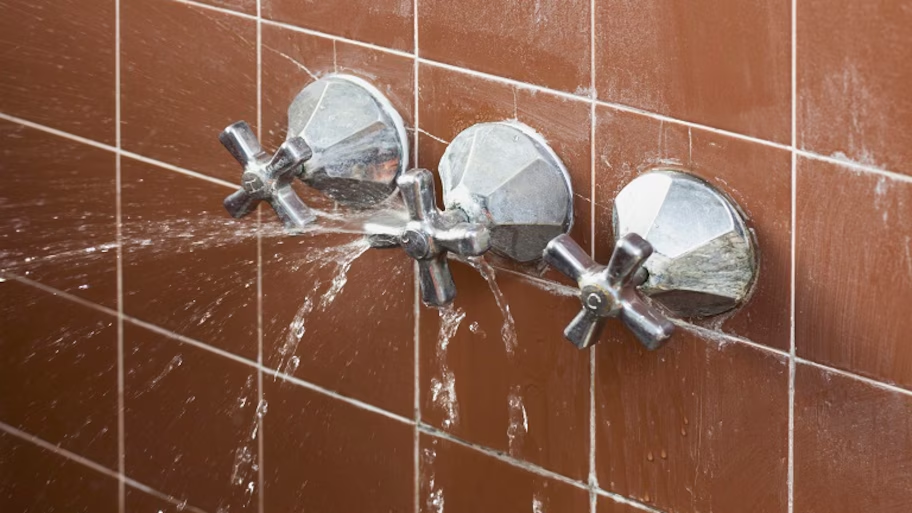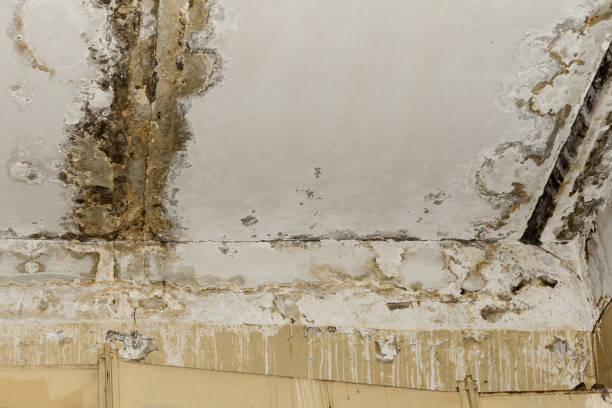Were you hunting for tips around How to Repair and Prevent Bathroom Water Damage??

Water damage typically occurs in the bathroom due to the water utilized day-to-day. In some cases, the damages could be a little mold and mildew from the shower. Other times, it's enormous damages on your flooring. Whatever it is, it is always great to recognize the cause and avoid it prior to it takes place.
This guide will undergo several of the common reasons for water damage in the shower room. We will certainly also examine what you can do to avoid these reasons from harming your washroom. Let's dive in.
These are the common reasons you would have water damage in your restrooms as well as exactly how you can identify them:
Excess Dampness
It's trendy to have that lengthy shower and also splash water while you dance around and act like you're performing, but in some cases these acts could cause water damage to your restroom.
Sprinkling water around can trigger water to visit edges and also create mold and mildews. Watch how you spread excess moisture around, and when you do it, clean it up to prevent damage.
Cracks in your wall ceramic tiles
Restroom wall ceramic tiles have been specifically developed for that function. They safeguard the wall from wetness from people taking showers. However, they are not indestructible.
Sometimes, your bathroom wall tiles split and also permit some dampness to leak right into the wall. This might potentially destroy the wall if you do not take any kind of activity. If you observe a fracture on your wall tiles, fix it immediately. Do not wait up until it ruins your wall.
Overflowing toilets and also sinks
As human beings, often we make errors that could cause some water damage in the washroom. For instance, leaving your sink tap on could create overruning as well as damage to various other parts of the washroom with wetness.
Likewise, a faulty commode might trigger overflowing. As an example, a damaged toilet handle or various other parts of the cistern. When this happens, it can harm the floor.
As quickly as you observe an overflowing sink or commode, call a plumbing professional to assist deal with it quickly.
Burst or Dripping Pipelines
There are numerous pipelines bring water to different parts of your washroom. Some pipes take water to the toilet, the sink, the faucets, the shower, and several other places. They crisscross the little area of the washroom.
Every now and then, these pipes can get corroded as well as ruptured. Other times, human action might cause them to leakage. When this happens, you'll locate water in the corners of your washroom or on the wall.
To detect this, watch out for gurgling walls, mold and mildews, or mildew. Call a specialist emergency plumbing professional to fix this when it happens.
Roofing Leakages
In some cases, the trouble of water damage to the restroom could not come from the washroom. For instance, a roof covering leak might cause damage to the washroom ceiling. You can find the damages done by looking at the water spots on the ceiling.
If you locate water stains on your ceiling, inspect the roof to see if it's damaged. After that, call a professional to assist address the issue.
Final thought
Water damage to your restroom can be aggravating. However, you can handle it if you protect against some of the causes pointed out in this guide. Call a professional emergency situation plumbing professional if you notice any type of extreme damages.
How to Prevent Water Damage in Your Bathroom?
Water damage repair is an expensive, meticulous, and lengthy process. Unfortunately, bathrooms are the most susceptible rooms to water damage due to toilets, showers, and sinks. Pipes and fixtures wear out over time and are not immune to damage. But all is not lost, as there are ways to prevent water damage from occurring in your bathroom.
Check Your Plumbing
Nothing lasts forever, especially pipes, which can rust and begin leaking over time. You should periodically conduct pipe inspections and pay attention for any musty smells or water stains that may indicate you need water damage repair. Here are some things to check:
Frequently test valves for your toilet, shower, and sink to ensure they are properly working. Check faucet supply lines hidden under vanities and replace when needed. Replace cracked or deteriorating caulking along sinks, tubs, and showers. If you notice a clog in your sink, call in a professional. Since you can’t check the pipes in the wall, keep an eye out for stains, drywall bubbling, musty smells, and excess moisture; if the bathroom is on a second level, check the ceiling of the room directly below for these signs. Don’t Overwork Your Toilet
One of the most common reasons bathrooms need water damage repair is due to overflowing toilets. Save yourself the hassle of cleanup by being mindful and not pushing your toilet to extreme limits. If you have young children, it is especially important to keep an eye on them when they are in the bathroom and to teach them how to avoid clogging the toilet. Here are some more tips to help prevent your toilet from overflowing:
If you have a septic tank, only use septic-safe toilet paper Do not flush anything down the toilet besides toilet paper; items like diapers and sanitary napkins will clog the piping Pay attention to your toilet’s water level: If it’s low, it could mean it is partially clogged or that there is a crack in the toilet bowl https://www.alure.com/home-improvements-blog/resources/how-to-prevent-water-damage-in-your-bathroom

I stumbled upon that article on How to Repair and Prevent Bathroom Water Damage? while exploring the internet. Are you aware of somebody who is inquisitive about the topic? Do not hesitate to share it. Thanks a lot for taking the time to read it.
Article